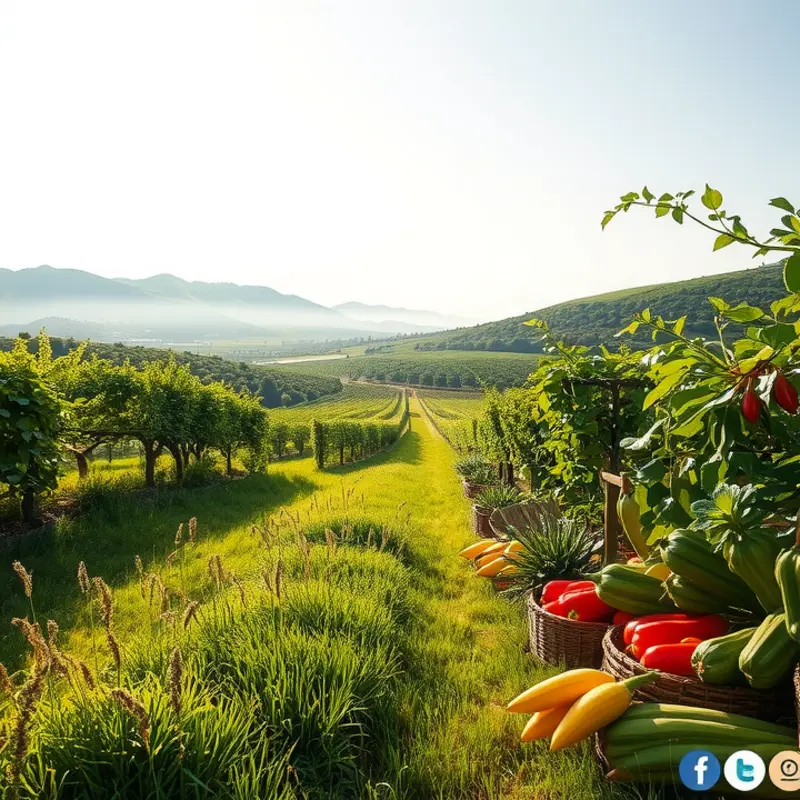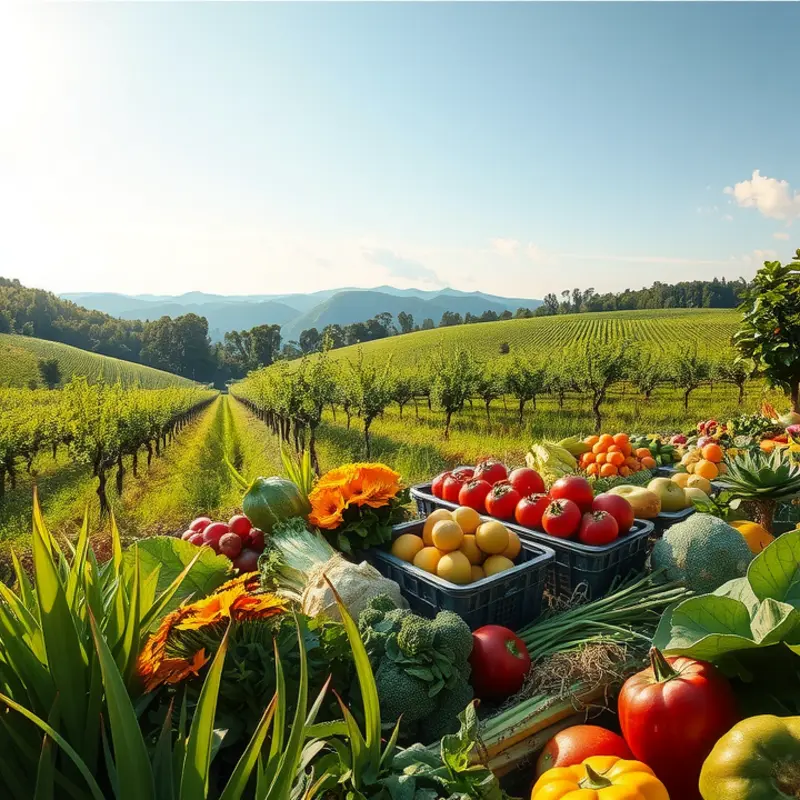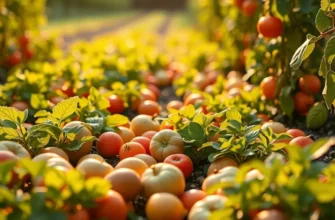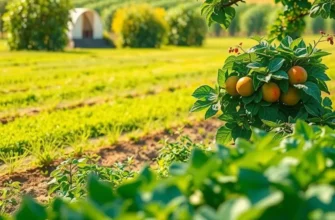Cooking vegetables often raises questions about nutritional content, especially regarding fiber retention. It’s a common belief that cooking can strip vegetables of their fiber content, leading many to favor raw consumption. However, understanding how cooking impacts fiber is essential for making informed dietary choices. This exploration clarifies how cooking affects fiber levels, helping to dispel myths and encouraging a balanced approach to vegetable preparation.
The Truth About Fiber in Cooking

Fiber is an integral component of our diet, celebrated for its benefits in digestion, heart health, and weight management. Yet, the myth persists that cooking vegetables significantly diminishes their fiber content. Let’s explore the facts and lay bare the misconceptions surrounding fiber retention during cooking.
Contrary to popular belief, fiber remains relatively stable when subjected to heat. Soluble and insoluble fibers are the two main types found naturally in vegetables. Soluble fiber dissolves in water, forming a gel-like substance, whereas insoluble fiber adds bulk to the stool, aiding in excretion. Cooking can slightly alter the texture of these fibers, but not their quantity. Boiling, steaming, roasting, or sautéing — none of these methods drastically reduce fiber content.
Certainly, some cooking methods can cause vegetables to lose weight in the form of water, leading to a perception of reduced fiber. Nonetheless, since fiber is not water-soluble, it remains within the vegetable’s structure, ensuring you don’t miss out on its benefits. Instead, the nutrient density increases due to the loss of water weight.
Different cooking techniques can influence the digestibility and bioavailability of fibers in vegetables. For example, steaming retains the most nutrients overall while allowing fibers to soften, making them easier to digest. Roasting enhances natural flavors through caramelization but involves more heat, which can slightly alter the fiber’s structure, making them seem tougher.
Interestingly, cooking methods, such as fermenting, can increase the digestibility of fiber-rich foods, enhancing their prebiotic benefits. Although fermenting is not a traditional cooking method, it transforms fibers into simpler compounds, improving gut health. This reveals that cooking can sometimes increase fiber benefits rather than diminish them.
Addressing a common misconception: fibers can break down at extreme temperatures or extended cooking times. However, typical household cooking does not reach such extremes. Therefore, your everyday kitchen activities should not raise concerns about losing fiber.
Understanding how to maximize the health benefits of cooking vegetables is essential. Keeping vegetables in larger pieces when boiling or steaming minimizes nutrient leakage into water. Furthermore, utilizing nutrient-rich cooking water in broths or soups can harness any lost vitamins and minerals, as the fibers remain.
For those keen on meal planning and minimizing waste, consider strategies from this low-waste cooking and prep guide to make the most of your vegetable cooking process.
Dispelling myths about fiber and cooking paves the way to more informed culinary choices. By understanding the science behind fiber retention, we can appreciate the dynamic and essential roles cooked vegetables play in a balanced diet. This knowledge empowers us to confidently consume vegetables in various delicious forms, ensuring both flavor and nutrition remain uncompromised.
Maximizing Fiber in Your Diet

Cooking vegetables doesn’t have to mean sacrificing fiber content. With the right techniques, you can enhance their nutritional value. Here are some methods to retain fiber while cooking vegetables.
Steaming and Microwaving
Steaming and microwaving maintain fiber because they use less water. By minimizing water contact, these methods preserve nutrients and fiber. Steam vegetables using a basket or in the microwave with a minimal amount of water. This approach is energy efficient and quick, making it perfect for those short on time. Learn more about speedy cooking techniques in this guide to seafood prep.
Roasting and Baking
When roasting or baking, use moderate temperatures to prevent overcooking. Lightly coat vegetables in oil and spread them evenly on a baking sheet. This method caramelizes the sugars, enhancing flavor while maintaining fiber content. Short cooking times also help you keep fibers intact.
Blanching and Shocking
A great technique for leafy greens is blanching and shocking. Quickly immerse vegetables in boiling water for a brief period and then transfer them to ice water. This preserves color, texture, and fiber. By reducing overall cooking time, blanching maintains crucial nutrients.
Sautéing Techniques
Sautéing over moderate heat with minimal oil can boost taste without losing fiber. Use a lid to trap moisture and speed up cooking. This technique works well with high-fiber vegetables like bell peppers and broccoli. Ensure not to overcook; a slight crunch means fiber is retained.
Grilling
Grilling is another low-water method that retains the vegetable’s fiber. Keep the skin on whenever possible, as it contains the most fiber. Grilling also brings a smoky flavor without excessive loss. Cut vegetables evenly to ensure consistent cooking.
Food Preparation Tips
How you cut and prep vegetables affects fiber retention. Avoid peeling where possible; skins hold a high concentration of fiber. Use larger cuts to avoid fiber degradation during cooking. Always rinse vegetables thoroughly to remove any residues.
For more on integrating raw vegetables with cooked ones for varied texture and fiber, explore practical ingredient batching strategies. Consider how these tips can contribute to a nutrition-based diet without major sacrifice.
By mastering these methods, you can ensure that your meals are both delicious and fiber-rich. Balancing cooking techniques to maximize fiber intake supports a holistic diet, letting you enjoy vegetables at their nutritional best.
Final words
In summary, cooking vegetables does not significantly reduce their fiber content. While some cooking methods can soften vegetables or change their overall structure, they typically retain most of their fiber, which is beneficial for digestive health. Techniques like steaming or sautéing can even enhance certain nutrient availability without sacrificing much fiber. Consuming a variety of cooked and raw vegetables can provide a well-rounded nutrient profile and support a healthy diet. Embracing cooked vegetables adds flexibility and flavor to meals, ensuring that fiber remains an integral part of your nutrition.








